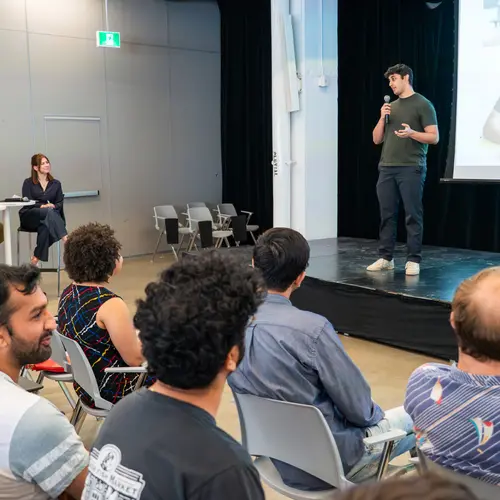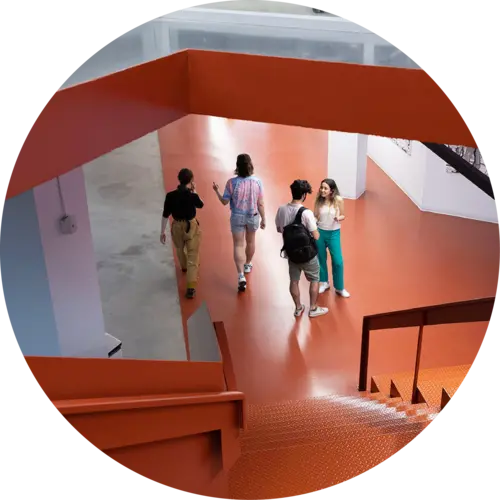
Biography
Ian Arawjo is an assistant professor in the Department of Computer Science and Operations Research (DIRO) at Université de Montréal. He holds a PhD in information science from Cornell University, where he was advised by Tapan Parikh. His dissertation work spanned the intersection of computer programming and culture, investigating programming as a social and cultural practice. Arawjo has experience applying a range of human-computer interaction (HCI) methods, from ethnographic fieldwork, to archival research, to developing novel systems (used by thousands of people) and running usability studies.
Currently, he works on projects at the intersection of programming, AI and HCI, including how new AI capabilities can help us reimagine the practice of programming. He also works on large language model (LLM) evaluation, through high-visibility open-source projects such as ChainForge. His first-authored papers have won awards at top HCI conferences, including the Conference on Human Factors in Computing Systems (CHI), the Computer-Supported Cooperative Work and Social Computing Conference (CSCW) and the User Interface Software and Technology Symposium (UIST).


